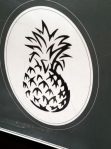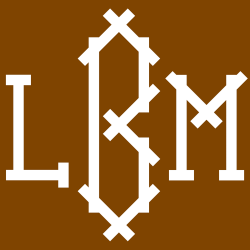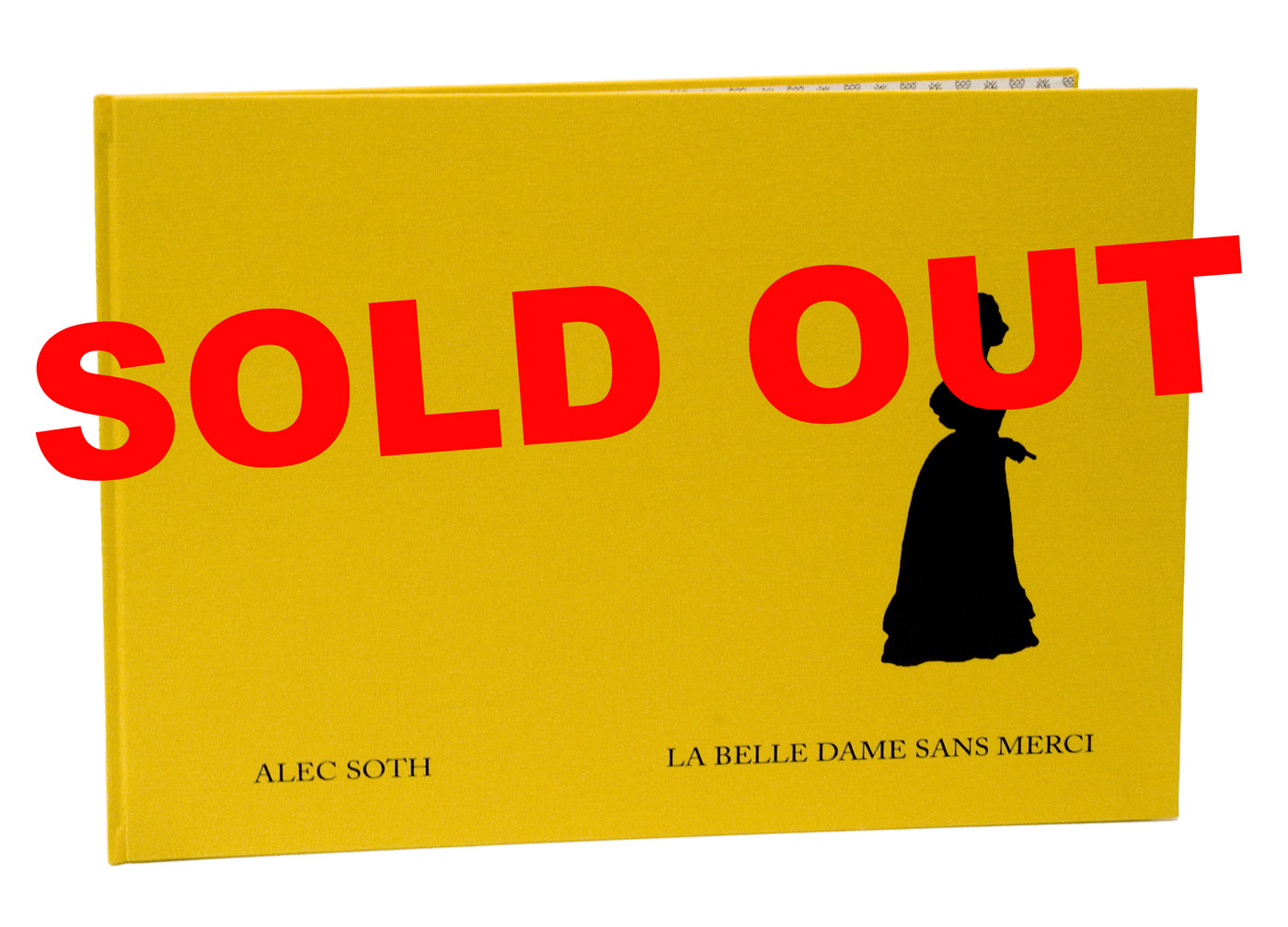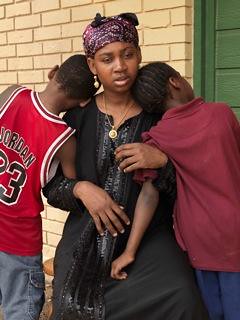Hey Les. Long time, no etc.
I surfaced in Rome at the end of September (don’t ask). I needed to reconnect with la vita bella. I owed myself an immersion after a long, long period of self-denial (again, don’t ask). Not to say I was after any swooning, Stendhal Syndrome effects; I just felt sorely deprived of beauty. And where better to rejuvenate—beauty inhabits the language, the food, the people, the everyday life of Italy. We know, we’ve been there.
My place was near the Galvani/Zabaglia bus stop, and I was ambling one evening around piazza Orazio Giustiniani. There was all kinds of hubbub, more than the standard Roman white noise. Something about a festival. Another art-photo-extravanganza. Wandering into the midst of it, there in front of me was our friend Alec. His work, I mean. Some darn fascinating pictures in that exhibition; seems he got a commission to photograph the city of Rome. But had his own Stendhal moment and bailed. “Too beautiful,” he said. Can’t say I blame the poor blighter, landlocked Minnesotan that he is. Regardless, he found some things to suggest the beauty he couldn’t address head on, and it’s all gorgeously fascinating and attractive in a Ten Commandments, “thou shalt not” kind of way.
I wasn’t swooning, but I was mesmerized. There’s some sexy stuff in Alec’s show, some almost startlingly so (a nod to the late great Larry Sultan, who we know Alec admired). Some more subtle, though your average 10-year-old ragazzo would probably get the figs and kumquats picture. Some pretty sloppy beauties, though still gorgeous, like the “pale” men, one who seems on a 3-day-bender and the other zonked out in a smoke-filled car. Or that awesome Gabriella, hair like snakes on Medusa’s fearsome head. Snakes (including one impossibly knotted one that ends up looking like a heart), smoke (issuing from a woman’s mouth like a tongue), temptation—ahh, the lustful beauty of it all.
I left full of questions. Is la bellezza truly in the eye of the beholder? Or is there universal beauty? Maybe it’s all in the translation from life to photograph. Good makeup artists and stylists can do wonders, can’t they Les? Bail out a photographer who’s lost his bearings? Worth thinking about.
And for the life of me, I can’t figure out all the pineapples.

Ciao bello.

![]()







 In mounting an exhibition of my pictures made in America, I’ve thought a lot about the influence the American photographic tradition has had on me. Rather than run away from this tradition, I’ve come to embrace it. Recently I’ve even experimented with recreating iconic photographs much the way a painter might draw from the masters (more examples
In mounting an exhibition of my pictures made in America, I’ve thought a lot about the influence the American photographic tradition has had on me. Rather than run away from this tradition, I’ve come to embrace it. Recently I’ve even experimented with recreating iconic photographs much the way a painter might draw from the masters (more examples 



